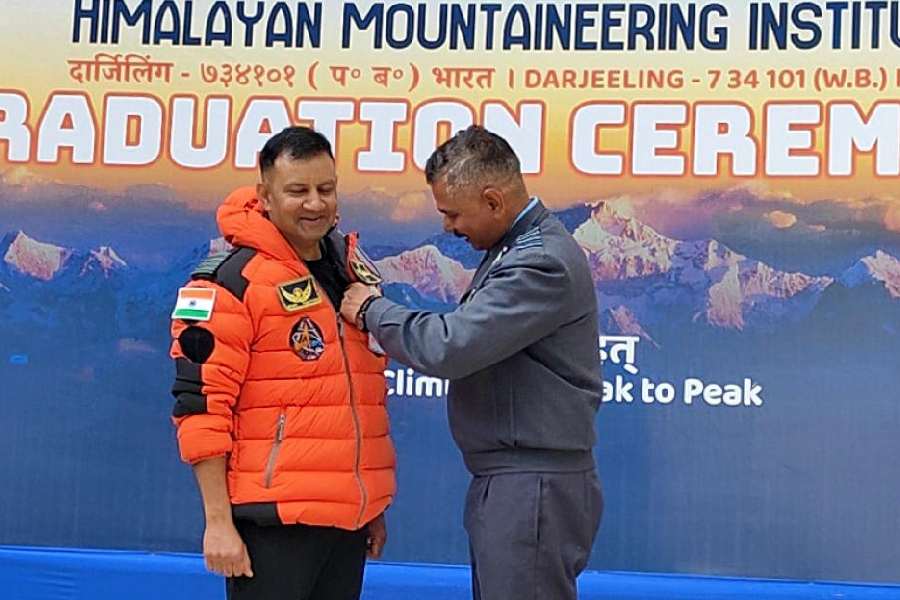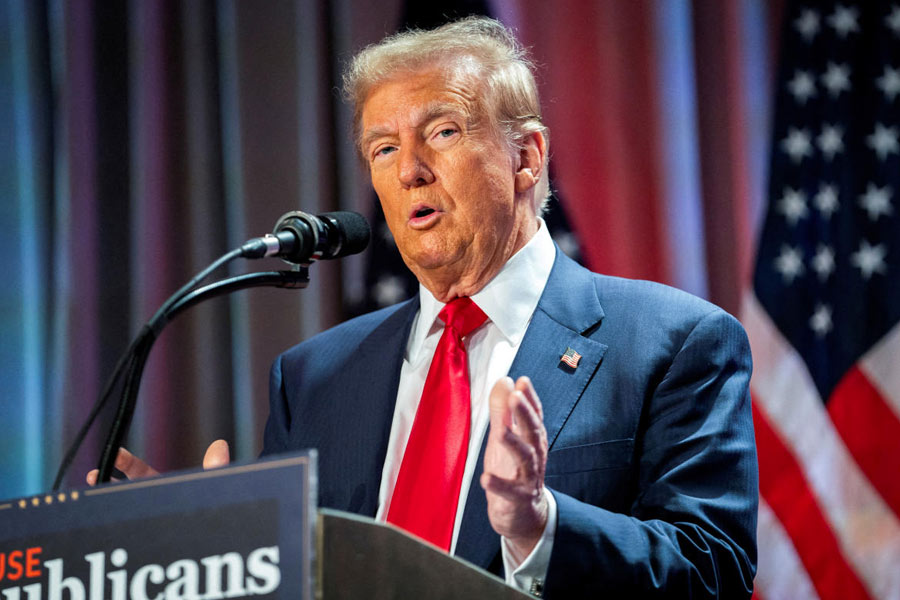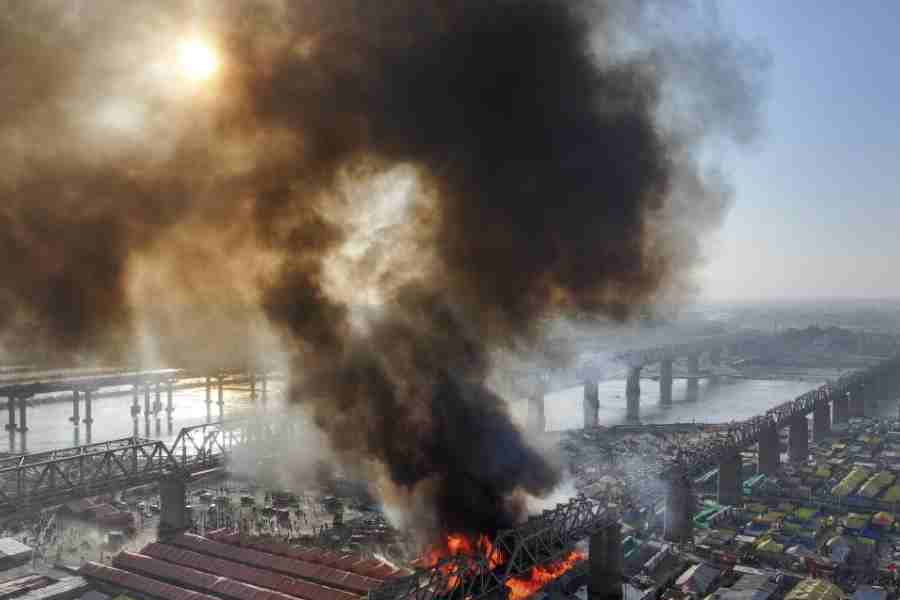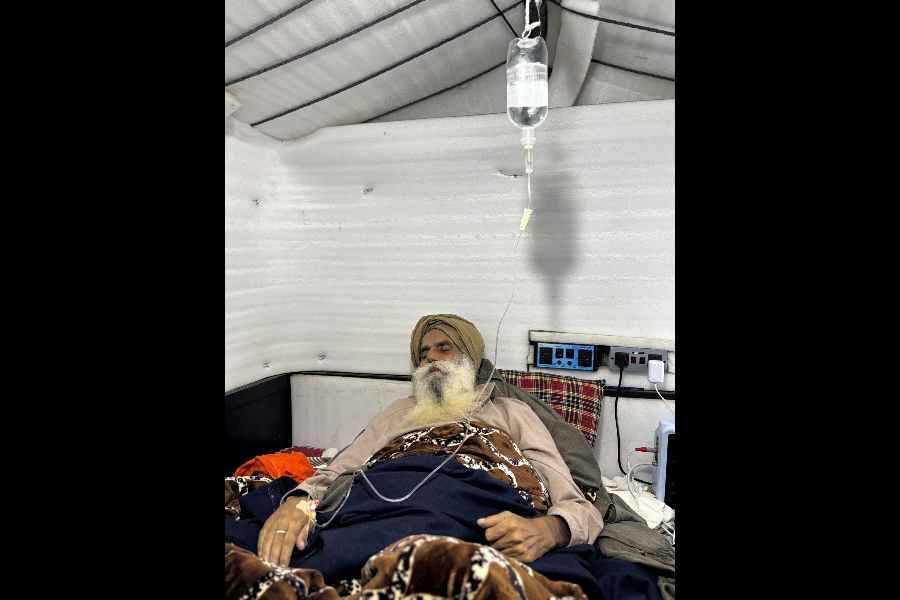For Group Captain Angad Pratap, 42, the prequel to outer space is a peak.
One of the four designated astronauts for India’s first human space flight, Gaganyaan, Pratap on Saturday graduated from Darjeeling's Himalayan Mountaineering Institute (HMI) after “a special course” of 28 days.
“Mountaineering is the king of adventure sports,” Pratap, who trained as a climber as a personal initiative, said. “As the climb gets tougher, human capability seems to go down. This makes climbing so difficult."
The astronaut-designate, however, is an athlete of no mean talent. An alumnus of the National Defence Academy (NDA), he is a podium finisher in 75km and 100km marathons.
As a flying instructor and a test pilot, pushing the limits of new fighter jets is his normal job.

Group Captain Jai Kishan (right) putting the graduation pin on Group Captain Angad Pratap at the HMI in Darjeeling.
Pratap has taken fighter jets to altitudes of 59,000km while testing the machine, as well as to very low altitudes and difficult terrains.
“So far I have clocked in 2,500 hours of flying,” said Pratap, adding that he has flown Su-30 MKI, MiG-29, Jaguar, Hawk, Dornier and An-32, among other aircraft.
“Despite my past experiences, I gained a lot of lateral learning while climbing the mountains,” said Pratap.
The HMI team, with Pratap as the star attraction, climbed the BC Roy Peak, 18,500 feet above sea level, in Sikkim on November 10 as part of the HMI training. It is named after the acclaimed physician and former chief minister of Bengal.
“We had a group of 40 trainees but for Group Captain Angad Pratap we had tailored a special course,” said Group Captain Jai Kishan, the principal of HMI, Darjeeling.
Pratap's identity as a designated astronaut was disclosed to his batchmates only on Saturday. Pratap was asked to address a group of students at the Darjeeling institution.
Pratap and three other officers from the Indian Air Force — Group Captain Prashanth Balakrishnan Nair, Group Captain Ajit Krishnan and Wing Commander Shubhanshu Shukla — were selected for the mission in 2020 after a long and grinding selection process which included flying experience, fitness, psychological and aeromedical evaluation by ISRO and IAF.
Their names were disclosed to the country only this year.
The team trained at Russia’s Yuri Gagarin Cosmonaut Training Centre from February 2020 to March 2021. The training modules cover academic courses, Gaganyaan’s flight systems, micro and zero-gravity familiarisation, aero-medical training, recovery and survival training and mastering flight procedures, he explained.
“It is not easy,” Pratap added.
Asked for a small example, he said he had to get his wisdom tooth extracted as part of the space mission preparations.
"You cannot afford a toothache in space. You can’t take any chances,” said Pratap, explaining that no detail is too small or insignificant for a space mission.
The mission, to cost ₹9,023 crore, is likely to start after a year. Initially, it plans to take the astronauts to an orbit of 400km and bring them back.
India will be the fourth country after erstwhile Soviet Union, the US and China to undertake such a mission.










